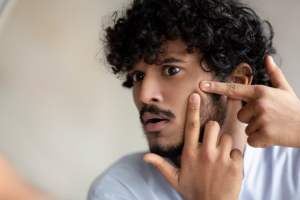Hair, Skin & Nails
3 MIN READ
Jul 4, 2025
How to Get Thicker Hair Naturally: No Magic, Just Nature
Thinning hair got you worried? Well, if that’s the case, you have landed in the right place! Whether it’s due to stress, poor nutrition, or hair damage, many people face the struggle of limp, lifeless strands and are stuck with one question: how to get thicker hair naturally with no chemical-infused...
Thinning hair got you worried? Well, if that’s the case, you have landed in the right place! Whether it’s due to stress, poor nutrition, or hair damage, many people face the struggle of limp, lifeless strands and are...


























-158x400.png)














